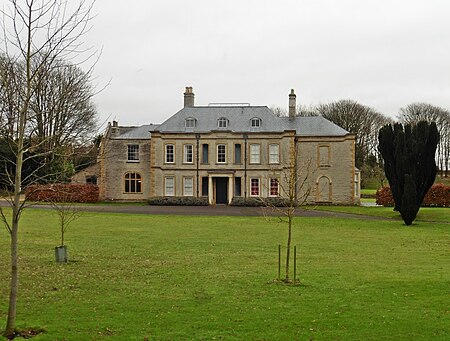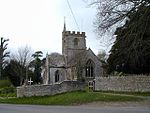Lytes Cary is a manor house with associated chapel and gardens near Charlton Mackrell and Somerton in Somerset, England. The property, owned by the National Trust, has parts dating to the 14th century, with other sections dating to the 15th, 16th, 18th, and 20th centuries. "Yet all parts blend to perfection with one another and with the gentle sunny landscape that surrounds them," comments Nikolaus Pevsner. The House is listed as Grade I by English Heritage.
The chapel predates the existing house, having been built around 1343, and functioned as a chantry chapel, where masses could be said for the souls of the family, both living and dead. The great hall was added in the 15th century and the Oriel Room in the 16th. Various renovations were undertaken during the 16th and 17th centuries after which the house fell into disrepair with the north range being demolished by the early 19th century. In 1907 Sir Walter Jenner of the Jenner baronets bought the house and restored it in a period style, furnishing it with fine 17th century and 18th century oak furniture, antique tapestries and fabrics modelled after medieval textiles, along with historic and period paintings. On his death in 1948 he left the house to the National Trust.
The gardens are listed as Grade II on the Register of Historic Parks and Gardens of special historic interest in England. The original 17th-century gardens have disappeared. However, the Jenners laid them out in an Arts and Crafts style with a series of 'rooms', which are separated from each other by high, neatly clipped box and yew hedges. These are complemented by ponds and walks in and between each of the 'rooms'.








